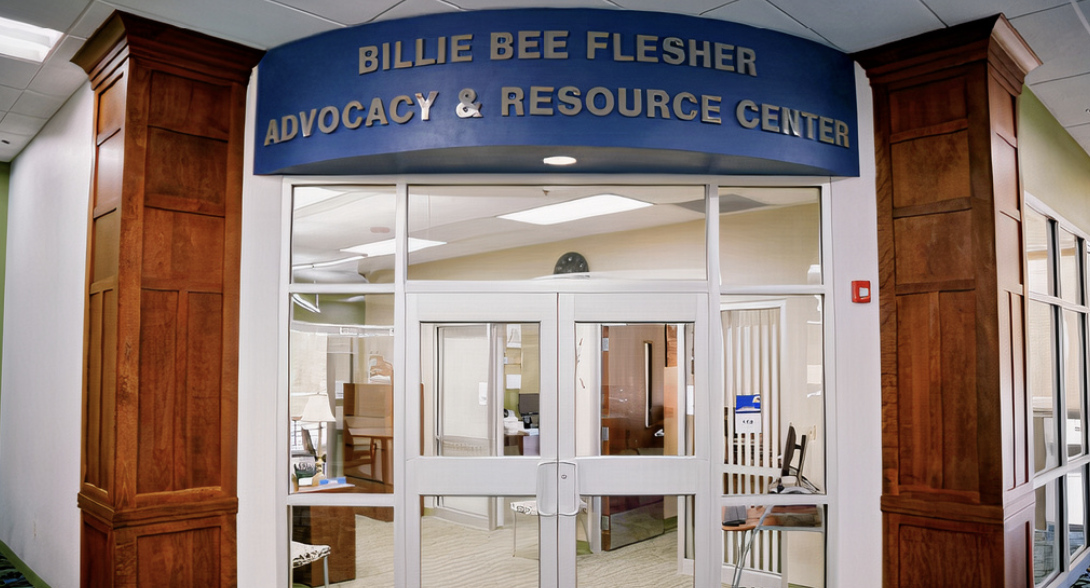Document Tag: basic needs centers
Campus Food Pantries: Insights from a National Survey (2018)
• This is the first-ever national survey of campus food pantries,
with 262 participating institutions, 217 of which currently
operate pantries.
• Most campus pantries have a designated space on campus,
serve exclusively the on-campus community, and are run by
staff, students, and faculty.
• Very few campus pantries have sizable budgets, but most
employ some paid staff, often undergraduate or graduate
students, and volunteers provide additional support.
• Awareness of campus pantries may be limited because
common outreach strategies are informal, but barriers to
support are low—just 5% of campus pantries require proof
of financial need.
• The most common challenges faced by camp
Supporting Community College Completion with a Culture of Caring: A Case Study of Amarillo College (2018)
This report is an in-depth case study of the No Excuses Poverty Initiative at Amarillo College (AC), a midsize community college in the Texas Panhandle. Nearly a decade ago, AC’s leadership initiated a reflective and intentional series of steps to help alleviate the conditions of poverty affecting their students and promote the chances those students complete their degrees. The college has received widespread press and recognition for its work. This case study is the first intensive, evidence-based examination of that initiative, its key components, and its impact on student success.
Supporting the Whole Community College Student: The Impact of Nudging for Basic Needs Security (2021)
Even after decades of improvement efforts, completion rates at community colleges remain low, particularly among students who need developmental education. Basic needs insecurity contributes to these low completion rates. As a result, community colleges throughout the country have launched benefits “hubs” to help students secure their basic needs. However, there is limited evidence on whether connecting students with these hubs improves academic success.
This report details an evaluation of the Advocacy and Resource Center (ARC), a benefits hub at Amarillo College (AC) in Texas. In partnership with AC, we conducted an evaluation to advance two institutional goals:
Increase utilization of the ARC, particularly among students most at risk of leaving college, with a low-cost technology-enabled approach.
Estimate the academic impacts of connecting students to the ARC.
Over the course of a year, we emailed randomly selected students from low-income households and those enrolled in developmental education coursework, informing them about and inviting them to the ARC. We found that the emails (or “nudges”) paid off for students who received them:
Rates of visiting the ARC more than doubled from 22% to 56%.
Developmental education students nudged to visit the ARC were 20% more likely to pass developmental education courses, a crucial milestone.
However, we did not find clear evidence that nudged students completed more credits, received higher grades, or passed other courses at higher rates.
As community colleges across the nation work to improve student success and help students recover from the pandemic, this evaluation offers two lessons:
Insufficient information about existing basic needs supports keeps students from getting the help they need. The information barrier may be effectively overcome with personalized nudging, a low-cost solution.
Connecting students to basic needs supports helps students make academic progress, particularly those in need of developmental education.
College on the Margins: Higher Education Professionals’ Perspectives on Campus Basic Needs Insecurity (2020)
A substantial share of undergraduates are basic needs insecure, meaning they lack consistent access to essential material goods like food and shelter. These material hardships are associated with poorer academic success, but we know very little about higher education professionals’ perspectives on the matter. Purpose: This paper examines how higher education professionals perceive, understand, and support college students who experience basic needs insecurity. Research Design: Using data from interviews with 59 professionals who work at eight broad access public colleges and universities across five states, we employ an institutional logics perspective to understand how they draw on normative scripts, rationales, and schemas to guide their responses to campus basic needs insecurity. Findings: Higher education professionals have considerable discretion when working with students who are basic needs insecure, and they draw on organizational, professional, and broader social spheres to guide their interactions. We identify three distinct logics—systemic, quiescent, and cautious—that are unique from one another on two dimensions: locus of control and individual response based on perceived locus of control. Conclusions: The design and implementation of initiatives designed to support vulnerable students must consider the ways in which on-the-ground professionals understand students, their needs, and the sources of their challenges.
Clearing the path to a brighter future: Addressing Barriers to Community College Access and Success (2013)
Over the past 100 years, community colleges have evolved to become the largest sector of higher education, representing over 8 million credit students nationwide. These public institutions are pillars of the communities, providing education and workforce training that fuel local economies. While community colleges have historically focused on providing access to higher education for students, the need to increase degree attainment has emerged as an equally important aspect of institutional achievement. As the Association of Community Colleges Trustees work towards the goal of increasing not only higher education access but success for the nation’s low-income and underserved populations, there remains an overarching concern regarding the ability of our institutions to provide students with the assistance and support needed to persist and complete their degrees.



